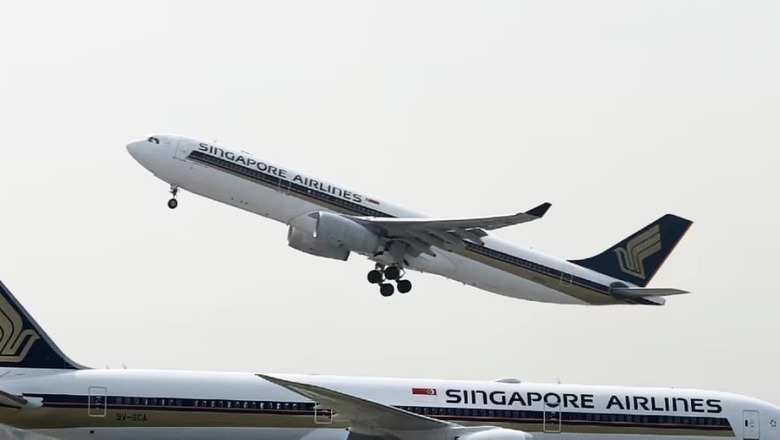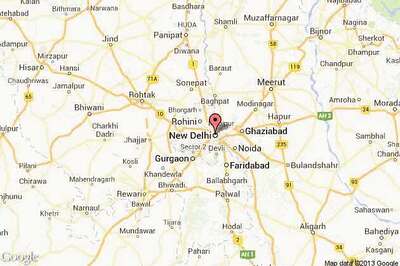
views
A Singapore Airlines flight from London to Singapore made headlines after it came across severe turbulence that led to an abrupt rise and fall within a few minutes. Tragically, one British passenger lost his life during this incident while at least 60 others were injured. The mishap occurred approximately 10 hours into the journey over the Irrawaddy Basin in Myanmar, an area known for challenging weather conditions. The flight was diverted to Bangkok for an emergency landing after the turbulence hit.
Meanwhile, a former pilot believed that the airplane could have entered the Intertropical Convergence Zone (ICZ) a couple of days following the accident. In most cases, pilots avoid this area, said Marco Chan, a former pilot. But sometimes they are forced to use it because the alternate routes are limited, he added. Chan claimed that the ICZ around the Bay of Bengal is well-known among aviation professionals for causing turbulence.
As per The Guardian, Chan explained, “With turbulence of such magnitude, it is likely the flight was navigating through difficult thunderstorms. The incident took place within the intertropical convergence zone, where thunderstorms are notorious. Thunderstorms are prominently displayed on the pilots’ navigation display but it may not be possible to completely circumvent the storm cluster as they can stretch well over 50 nautical miles.”
Stuart Fox, the director of flight and technical operations at the International Air Transport Association (IATA), stated that there are no visible signs to detect clear air turbulence as it can only be predicted by weather forecasts that identify air flows into mountains. He highlighted that airflow strength and direction can change rapidly, causing wind to unexpectedly divert planes route, rapid altitude loss or sudden shocks. Pilots could receive guidance from reports from aircraft ahead of them, which helps them travel through such areas. Fox further mentioned that IATA has a platform where different airlines share data allowing pilots to get instant information about turbulence on their route.
It generally takes approximately 13 hours for the flight to journey from London to Singapore. It goes above Europe, Central Asia as well as northern India and then takes direction towards Myanmar and finally Gulf of Thailand where it lands. According to the airline, 211 passengers with 18 crew members were on board when the turbulence hit and the flight was at the altitude of 37,000 feet above Irrawaddy River basin mostly located in Myanmar.




















Comments
0 comment